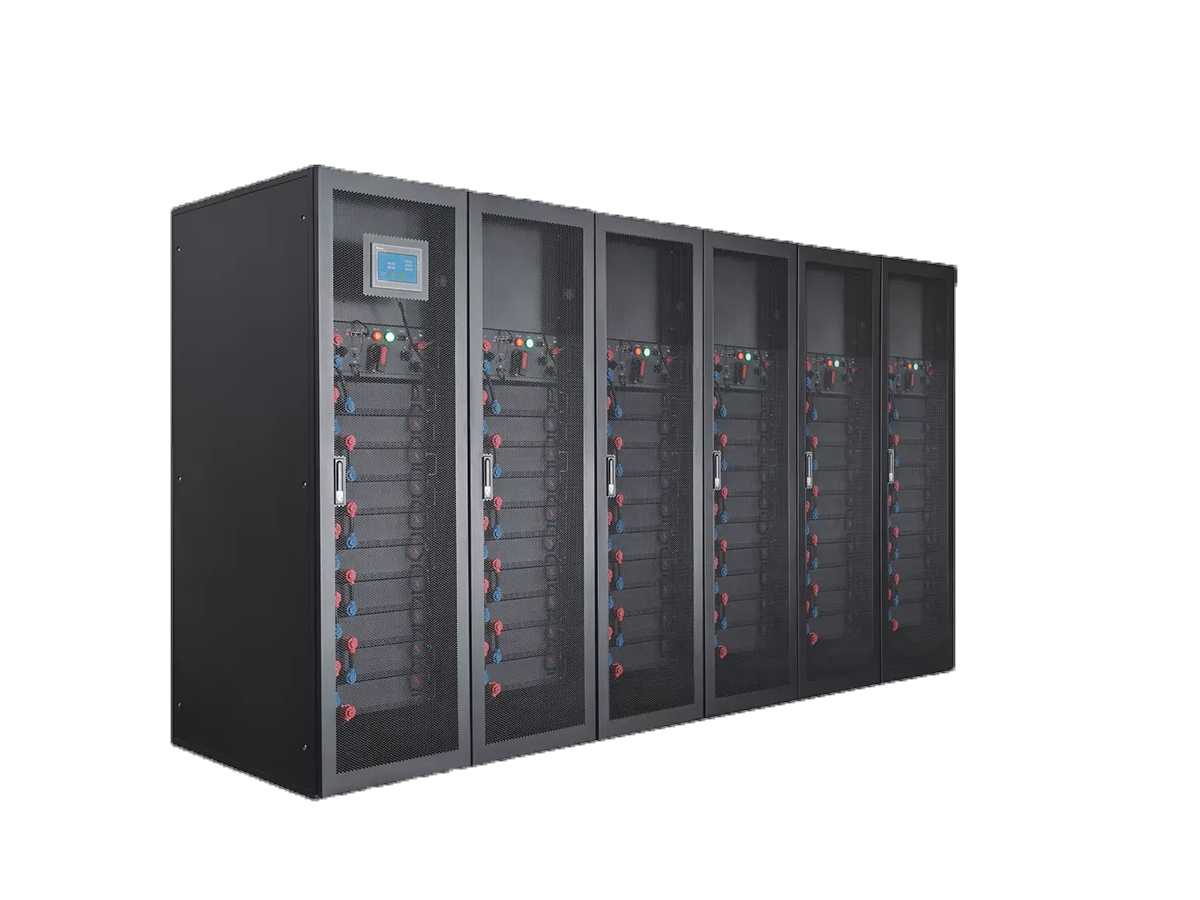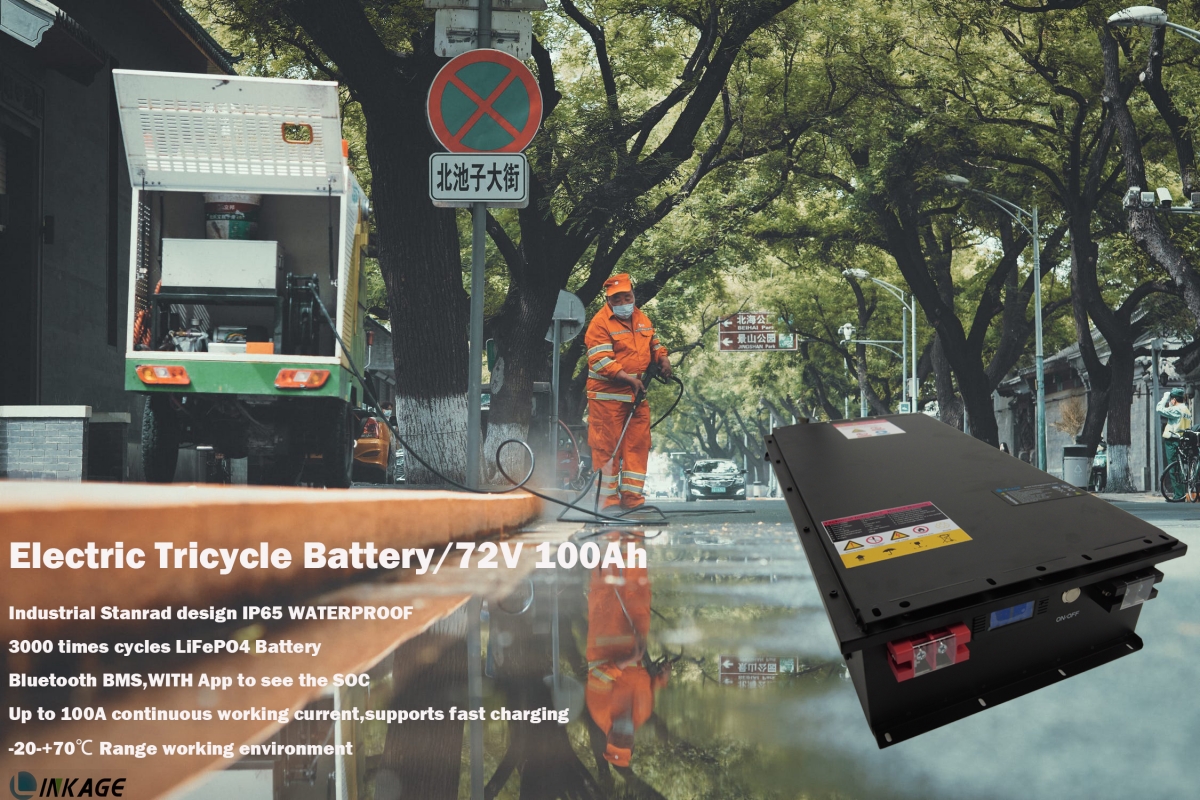- 28
- Dec
(ingen titel)
Lithium ion battery has been widely used because of its high life and high capacity, but with the extension of service time, the problems of bulge, unsatisfactory safety performance and accelerated cycle attenuation are becoming increasingly serious, which causes the in-depth analysis and suppression research in the field of lithium electricity. According to the experimental research and development experience, the author divides the causes of lithium battery bulge into two categories, one is the bulge caused by the change of the thickness of the battery electrode; The second is the swelling caused by the decomposition of electrolytic liquid oxygen gas. In different battery systems, the leading factors of battery thickness change are different. For example, in lithium titanate anode battery system, the main factor of bulge is gas drum; In the graphite anode system, the electrode thickness and gas generation both promote the swelling of the battery.

1. Change of electrode sheet thickness
In the process of lithium battery, the electrode thickness will change, especially the graphite anode. According to the existing data, after high temperature storage and circulation, lithium battery is prone to bulge, the thickness growth rate of about 6%-20%, of which the positive expansion rate is only 4%, the negative expansion rate is more than 20%. The fundamental reason for the bulge caused by the increase in the thickness of lithium battery electrode is affected by the nature of graphite. The anode graphite forms LiCx(LiC24, LiC12 and LiC6, etc.) when lithium is embedded, and the lattice spacing changes, resulting in the formation of microscopic internal stress and the expansion of the anode. The following figure is a schematic diagram of the structure change of the graphite anode sheet during placement, charge and discharge.


The expansion of graphite anode is mainly caused by irrecoverable expansion after lithium embedding. This part of expansion is mainly related to the particle size, the adhesive and the structure of the electrode. The expansion of the negative electrode leads to the deformation of the coil core, resulting in the formation of a cavity between the electrode and the diaphragm, the formation of micro-cracks in the negative electrode particles, the rupture and reorganization of solid electrolyte phase interface (SEI) film, consumption of electrolyte, and poor circulation performance. There are many factors affecting the thickening of the negative electrode sheet, the properties of the adhesive and the structural parameters of the electrode sheet are the most important two.
SBR is commonly used as an adhesive for graphite anode. The elastic modulus and mechanical strength of different adhesives have different influences on the thickness of the electrode sheet. The rolling force of anode sheet after coating also affects the thickness of anode sheet in battery use. Under the same stress, the greater the elastic modulus of the adhesive, the smaller the physical shelving rebound of the pole. When charging, the graphite lattice expands due to Li + embedding; At the same time, due to the deformation of negative particles and SBR, the internal stress is released completely, so that the negative expansion rate increases sharply, and SBR is in plastic deformation stage. This part of the expansion rate is related to the elastic modulus and breaking strength of SBR, resulting in the larger the elastic modulus and breaking strength of SBR, the smaller the irreversible expansion.
When the amount of SBR is not consistent, the pressure of the roller is different, and the residual stress produced by the roller is different. The higher the pressure is, the higher the residual stress is, which leads to the increase of physical storage expansion, full state and empty state expansion rate in the early stage. The lower the content of SBR is, the lower the pressure is, and the smaller the expansion rate of full and empty state is. The negative expansion deforms the core, affects the degree of lithium embedding and the diffusion rate of Li +, and then has a serious impact on the battery cycle performance.
Two, the battery gas caused by the bulge
Battery internal gas production is another important cause of battery bulge, whether the battery in normal temperature cycle, high temperature cycle, high temperature use, it will produce different degrees of bulge gas production. According to the current research results, the essence of causing cell gas expansion is caused by the decomposition of electrolyte. There are two cases of electrolyte decomposition. One is that there are impurities in the electrolyte, such as water and metal impurities, which decompose the electrolyte to produce gas; the other is that the electrochemical window of the electrolyte is too low, which causes decomposition in the charging process. After obtaining electrons, solvents such as EC and DEC in the electrolyte will generate free radicals. The direct result of free radical reaction is to produce hydrocarbons, esters, ethers and CO2 with low boiling point.
After the assembly of lithium battery, a small amount of gas will be generated during the preformation process, which is inevitable and the source of the so-called irreversible capacity loss of the cell. In the first charge and discharge process, the electron from the external circuit to the negative electrode will REDOX reaction with the electrolyte on the surface of the negative electrode, the formation of gas. In this process, SEI is formed on the surface of graphite anode. With the increase of SEI thickness, the continuous oxidation decomposition of electrolyte is inhibited by the inability of electrons to penetrate. On the formation of SEI see article: dry | SEI is what? So much for lithium batteries! In the process of battery use, the internal gas production will gradually increase, the reason is because of impurities in the electrolyte or excessive water in the battery. Electrolyte impurities need to be carefully excluded, water control is not strict may be electrolyte itself, battery packaging is not strict introduction of water, Angle damage caused by, in addition to the battery overcharge overrelease abuse, internal short circuit will also accelerate the rate of battery gas production, resulting in battery failure.
In different systems, the degree of cell swelling is different. In the graphite anode system battery, the main causes of gas bulge are SEI film generation, excessive water content in the cell, abnormal formation process, poor packaging, etc. In the lithium titanate anode system, the gas bulge is much more serious than the graphite /NCM battery system. In addition to the impurities, water and process in the electrolyte, Another reason why it is different from graphite anode is that lithium titanate cannot form SEI film on its surface to inhibit its reaction with electrolyte like graphite anode system battery. In the process of charging and discharging, the electrolyte is always in direct contact with the surface of Li4Ti5O12, resulting in continuous reduction and decomposition of electricity on the surface of Li4Ti5O12 material, which may be the root cause of Li4Ti5O12 battery swelling. The main components of gas are H2, CO2, CO, CH4, C2H6, C2H4, C3H8 and so on. When lithium titanate is soaked in the electrolyte alone, only CO2 is produced. After the battery is prepared with NCM material, the gas produced includes H2, CO2, CO and a small amount of gaseous hydrocarbons. After the battery is made, H2 is generated only in the cycle of charge and discharge, and the content of H2 in the gas generated at the same time is more than 50%. This indicates that H2 and CO gases will be generated during the charging and discharging process.
LiPF6 has the following equilibrium in the electrolyte:
Bilden
PF5 is a strong acid that easily causes the decomposition of carbonates, and the amount of PF5 increases with the increase of temperature. PF5 helps to decompose the electrolyte, producing CO2, CO and CxHy gases. According to relevant studies, the generation of H2 comes from trace water in the electrolyte, but the water content in the general electrolyte is about 20×10-6, which contributes very little to the production of H2. Kai Wu of Shanghai Jiao Tong University used graphite /NCM111 as a battery in his experiments and concluded that the source of H2 was the decomposition of carbonates at high voltage. At present, there are three main solutions to suppress the gas expansion of lithium titanate battery. First, the processing and modification of LTO anode materials, including improving the preparation method and surface modification, etc. Second, develop electrolyte matching with LTO anode, including additives, solvent system; Third, improve battery technology
